21
High Trust Products9
Not Working ProductsChargers and Power Banks
Headphone & Speakers
Cases & Covers
Virtual Reality
Cables & Adapters
Media Player
Laptop
Tablet
Desktop
Cell Phone
Printers & Copiers
Memory Cards
TV
Computer Display
Game Console
Smart Home
Wearable Technology
Photo & Video Camera
Car Electronics
Car
Networking Equipment
Smart Toys
Home Audio & Video
Professional & Industrial
Storage Drive
Docking Station
Game Console Controllers
Set-top box
Keyboard, Mice, & Stylus
Portable Music Player
Computer Parts & Components
Cordless & Speakerphones
Projector
Software
Reporting
Moto Z Force Droid
by Lenovo









Interested in this product?

Select a product category to see which devices type we recommend to use with the Moto Z Force Droid:
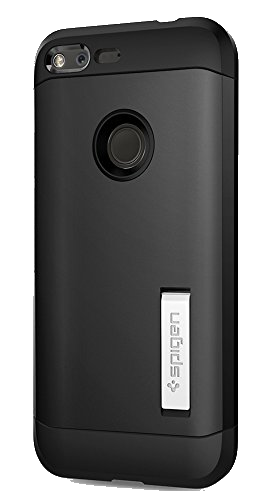
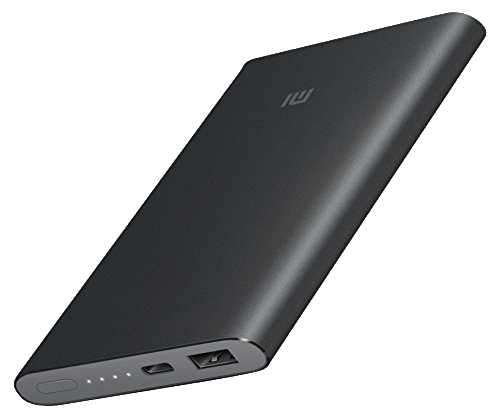
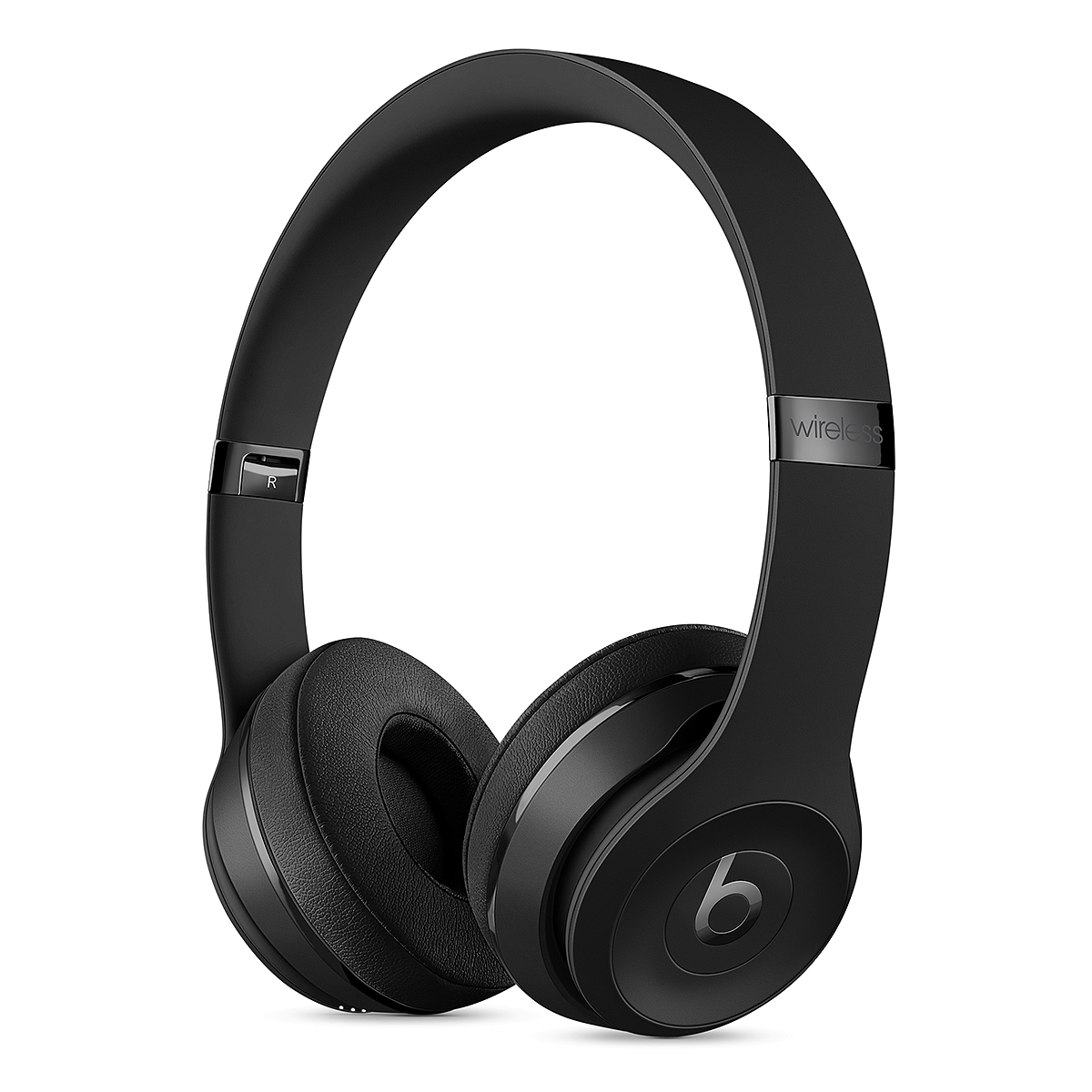
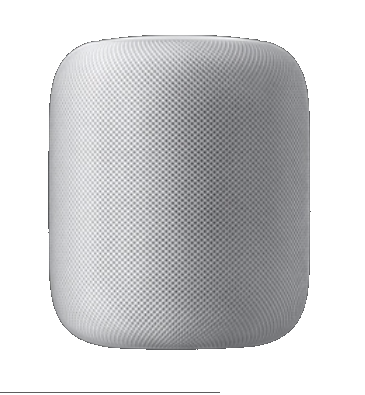
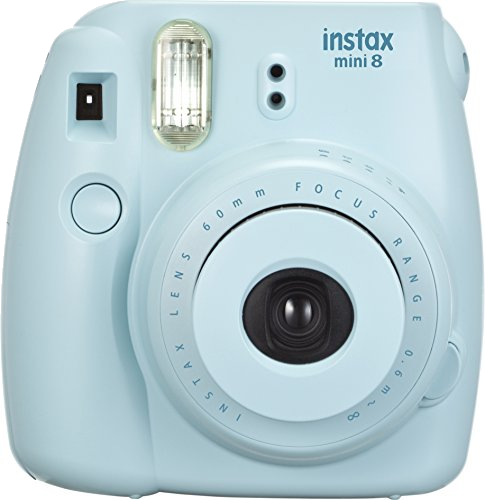
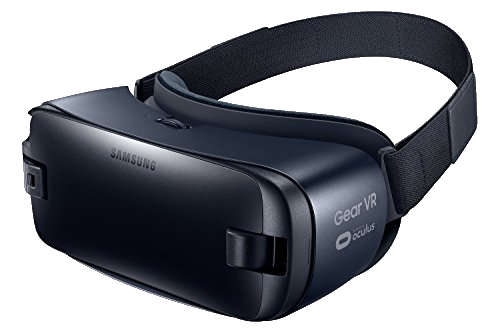
Why Different Phones Are Compatible with the Samsung Gear VR and Google Daydream View
With the heavy advertising of the Samsung Gear VR (2016), Samsung continues to differentiate its products from Apple which has not embraced Virtual Reality in the same way Google and Android phone brands like Samsung have. Samsung also hopes to erase the bitter memories of the Samsung Galaxy Note7's epic fail and keep the sales of the Galaxy S7 and Galaxy S7 Edge moving until it can make a comeback with the Galaxy S8.
The Samsung Gear VR (2016) is similar to Google's Daydream View where it tries bring a premium virtual reality experience compared to the Xiaomi VR Headset and Google cardboard products. Don't expect the high resolution and smooth frame rate experience that you can get wih the Oculus Rift and HTC VIVE, but the Samsung Gear VR (2016) is a lot more affordable as well.
Samsung has partnered with Oculus for co-branding purposes and allowing the Oculus App to be downloaded onto Samsung mobile devices so you can easily access Virtual Reality content (in addition to the Samsung VR App). Google's Daydream View uses its own Daydream App to access VR content from YouTube and other VR enabled Games and Apps.
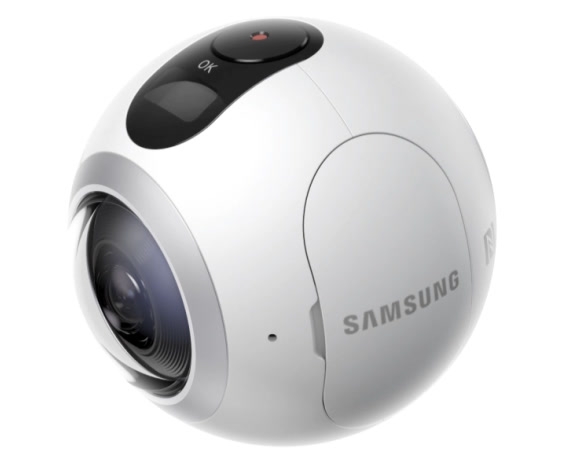
Samsung also has its own (relatively) low cost Samsung Gear 360 camera which allows you to create VR content in no time and publish on YouTube, Facebook or Samsung VR. In contrast, Google promotes its Jump platform with professional setups like the GoPro Odyssey to create high quality YouTube VR ready content.
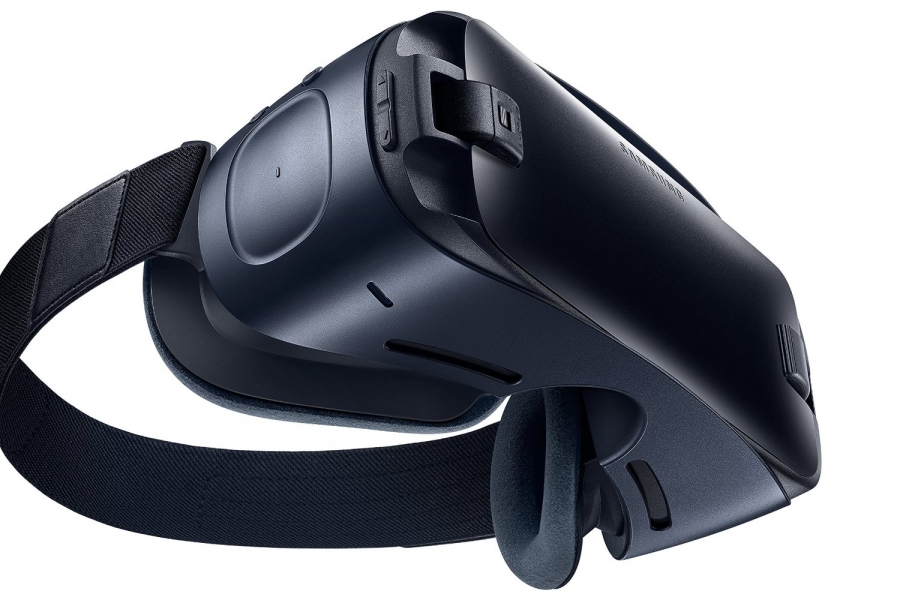
Unlike the Google's Daydream View or Xiaomi VR Headset, the Samsung Gear VR (2016) also includes a touchpad and back button on the side, as well as a proximity sensor to detect when the Gear VR is put on your head. The use of the proximity sensor is similar to that used by the Oculus Rift (although it gave us problems in this review). In comparison, the Daydream View will go into virtual reality mode when the phone is inserted into the headset and uses a Bluetooth enabled controller with motion sensors to navigate your way around in a VR environment.
Similar to the way only certain high performance VR ready PC's work with the Oculus Rift and HTC VIVE, only certain phones can work with the Samsung Gear VR (2016) and Google's Daydream View. Similar to PC's, a lot of this compatibility is related to the phone's CPU and graphics processing capabilities as well as available communication interfaces.
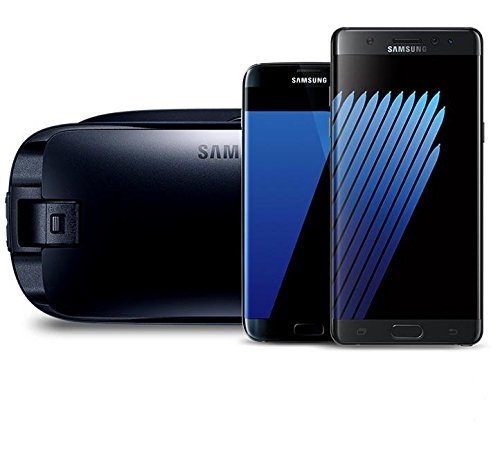
Not surprisingly, the Samsung Gear VR (2016) is designed to work only with certain Samsung phone models that use a micro USB connector that plug into the Gear VR. This USB connector is used to power the Samsung Gear VR (2016) and transmit the sensor and button controls to the phone. This means that the Samsung Gear VR (2016) will only work with Samsung phones that support the micro USB connector like the Galaxy S7, Galaxy S7 Edge, Samsung Galaxy Note 5, Samsung Galaxy S6 Edge+, Samsung Galaxy S6 or Samsung Galaxy S6 Edge. This compatibility is similar to the previous version, the Samsung Gear VR (2015) and has come a long way since the original version only supported the Galaxy Note 4.
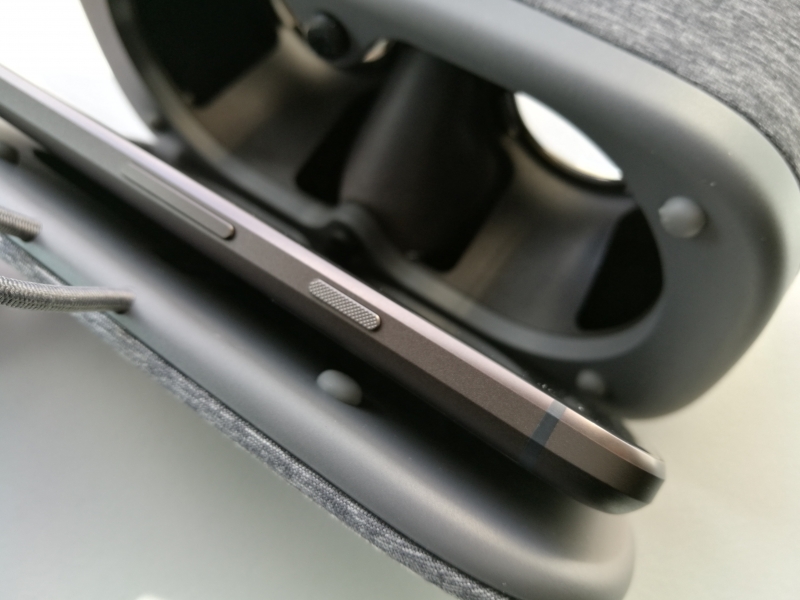
Google's Daydream View took a different approach towards compatibility since it needed to work with a broader set of phones. Because of the Android phone industry's transition to the new USB Type-C connector, Google took an approach which avoided using the USB port to connect the Daydream View to the phone. However, interestingly all the initial phones that Google supports with the Daydream View do all support USB Type-C. These compatible phones include the Google Pixel and Google Pixel XL, as well as Lenovo phones like the Moto Z Droid, Moto Z, and Moto Z Force Droid. One advantage of using USB Type-C is that the Daydream View's controller can be charged from the phone or a USB Type-C based charger.
Instead of using USB, Google chose Bluetooth as the main way to connect to the Daydream View's controller, which should allow the Daydream View to be able to work with more Android phones in the future. The Daydream View headset itself doesn't have any active components unlike the Samsung Gear VR (2016) since all controls are done through the controller. This makes the Daydream View headset simpler to make and use (like the Xiaomi VR Headset).
As virtual reality grows in popularity, it will be interesting to see which phones continue to get matched with what VR headsets.
View Full Article
Featured Products
 GTrusted
GTrusted

































